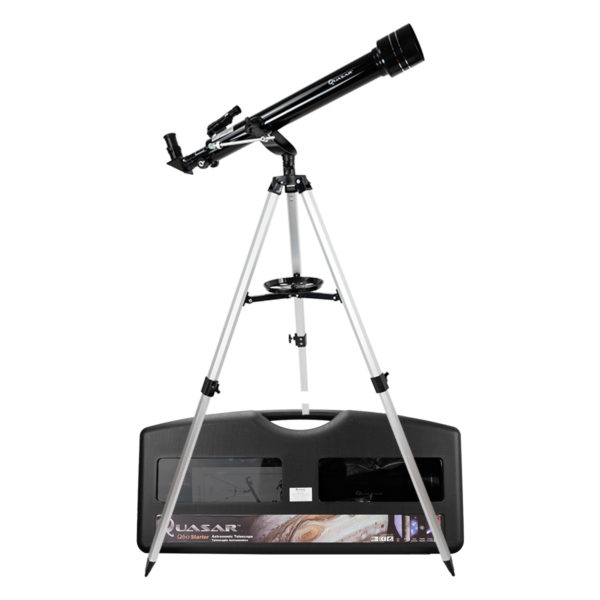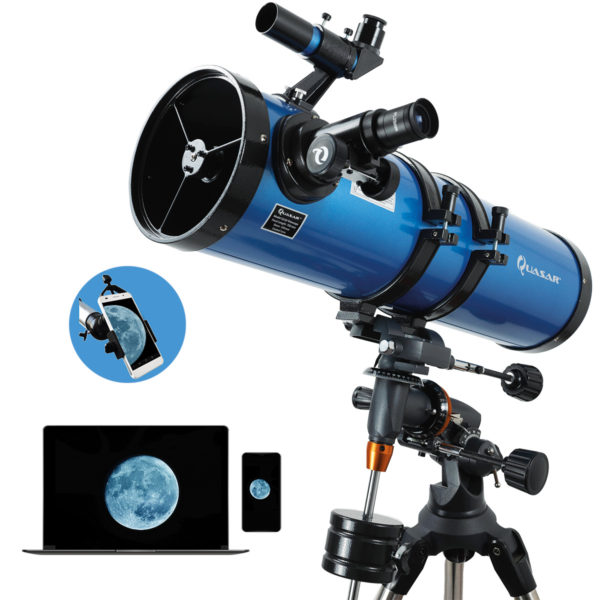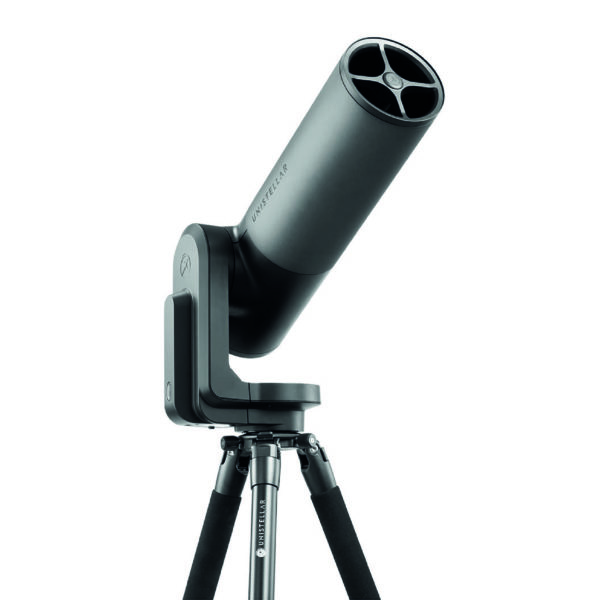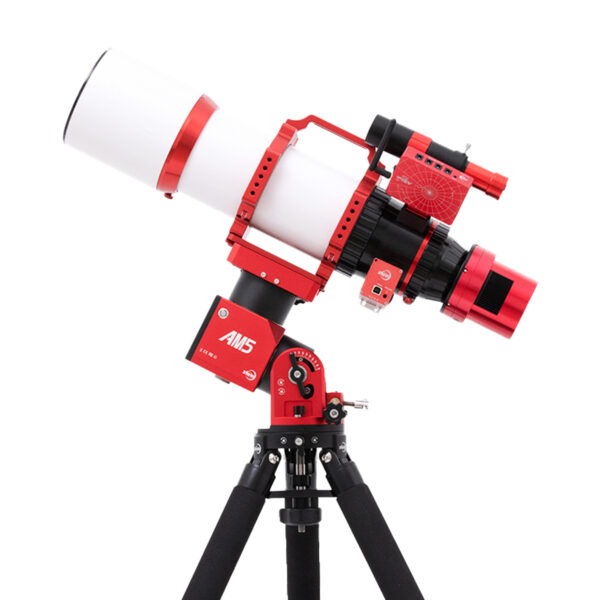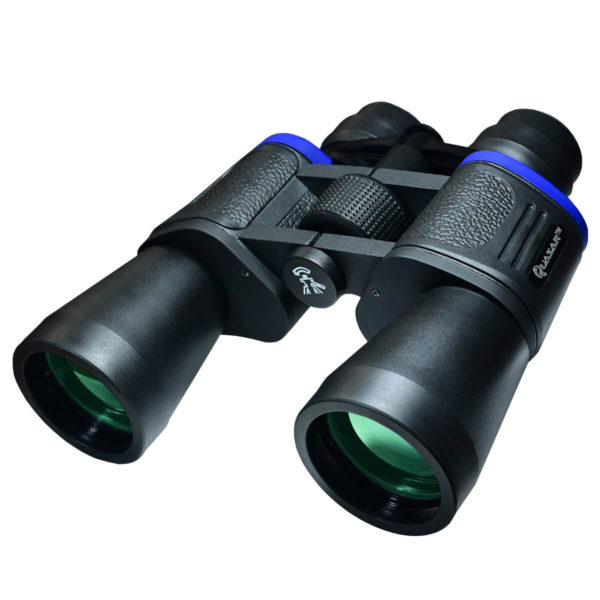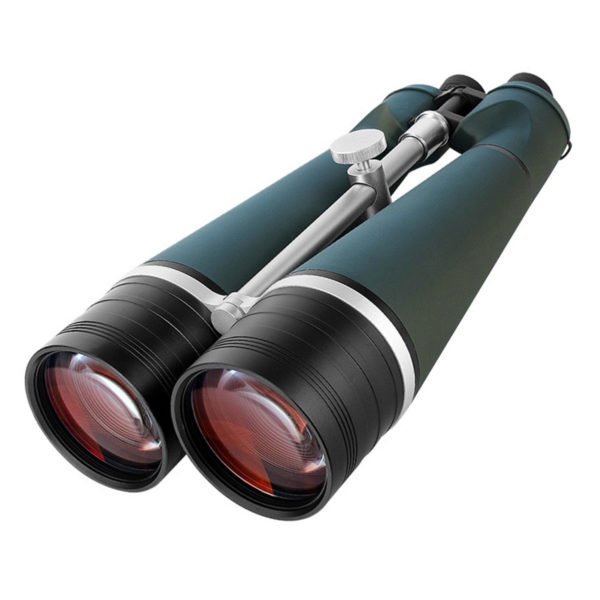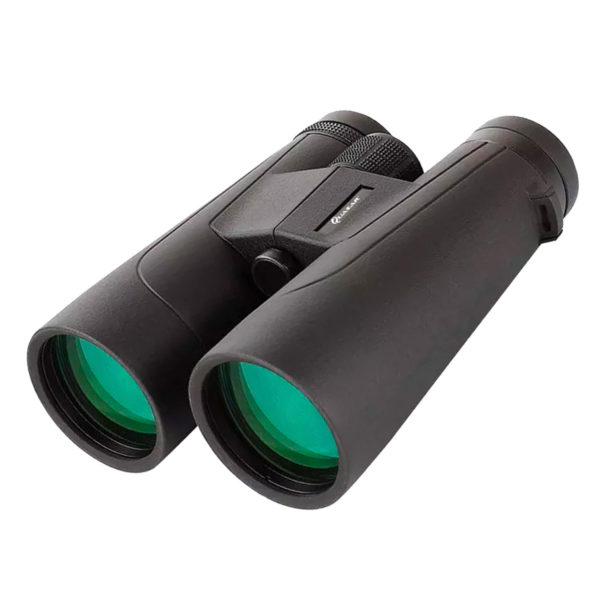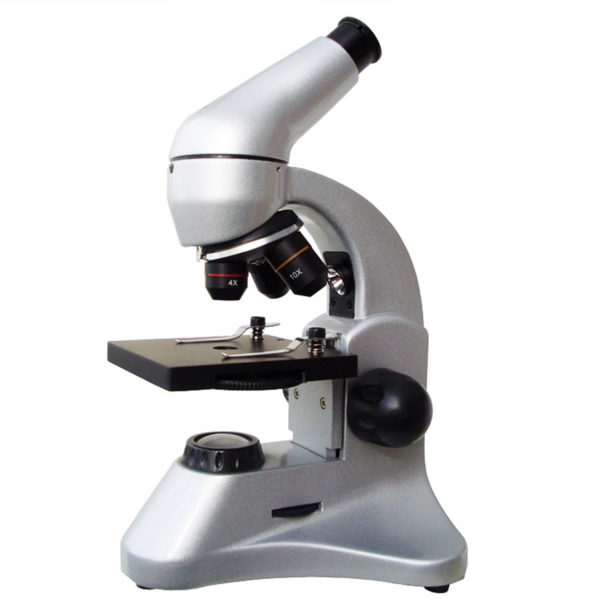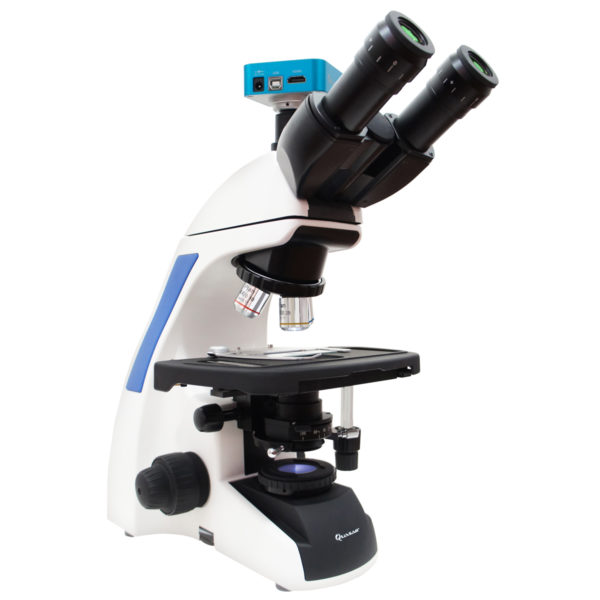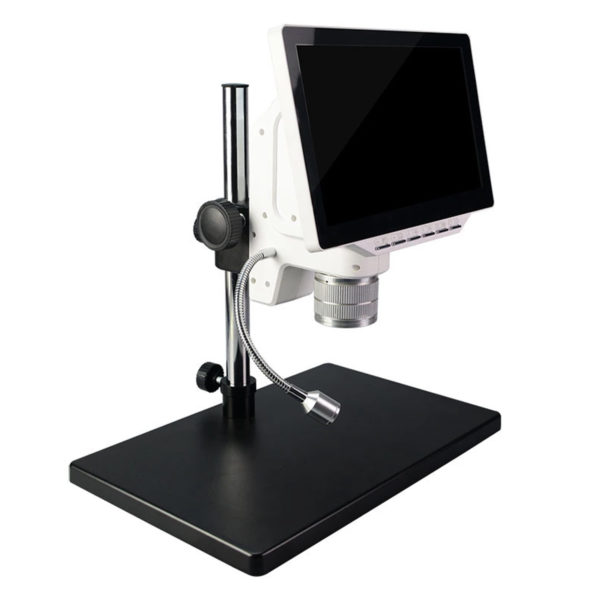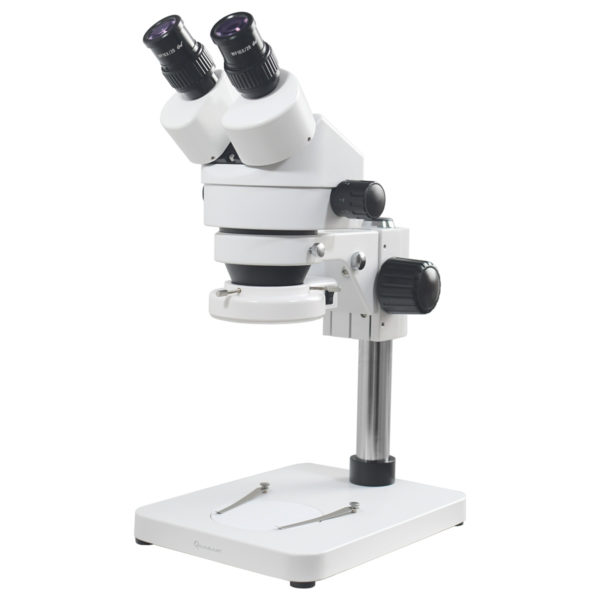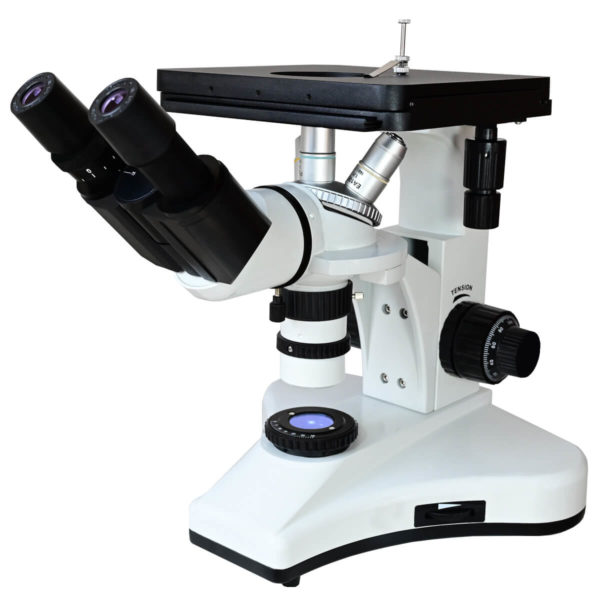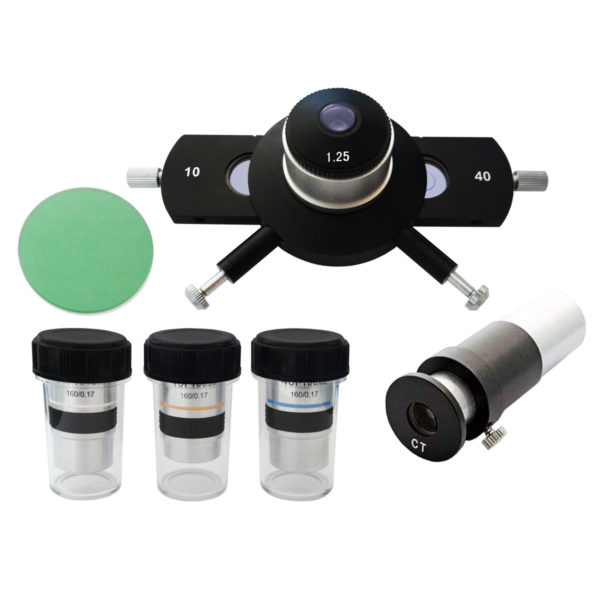In 1403 in the ancient Chinese empire of the Ming dynasty, there was an Admiral named Zheng He, maybe it sounds familiar to you maybe not, this admiral led a gigantic fleet of 1681 ships, making constant expeditions to Southeast Asia and parts of the Pacific Ocean, to create trade routes, make a show of power and map the areas unknown to the Chinese empire.
Precisely this last point is related to today’s topic, the People’s Republic of China, unveiled its project “Earth 2.0” whose intention is to find planets like the earth, in a star similar to our sun, for this they will do the same as in 1403, explore, but unlike thousands of ships, they will deploy a space observatory in 2026.
According to the Chinese Academy of Sciences (CAS), the observatory will be the first to focus on the search for an Earth-like planet in our galaxy, as well as the search for exoplanets that can be colonized.
After potentially habitable worlds are identified, they will be scanned for signs of life using other telescopes.

Professor Jian Ge of the Shanghai Astronomical Observatory and director of the mission, says that they are going to focus on looking for extraterrestrial life in places with physical and earth-like environments, which is important to identify planets with such conditions, an area that the vast majority of current space missions for exoplanets do not cover.
As you read above, it is not just a space telescope like that, it is more similar to the James Webb, since it will have several instruments that will be scanning the sky for more or less four years, from the Lagrange point (L2). There will be seven telescopes, of which six will focus on analyzing the same region of space that the Kepler telescope studied, covering the Cygnus-Lyra constellations, they will use the transit method, which is to look for the small tail in the brightness of a star when a planet crosses in front of a star.
While the seventh lens will look at the center of the Milky Way, looking for signatures of “free” floating planets looking for dark worlds that warp the light sources behind them. The objectives will be to observe small-scale asteroids and comets in the solar system, as well as “galactic archaeology” basically going to study the formation of the Milky Way.



